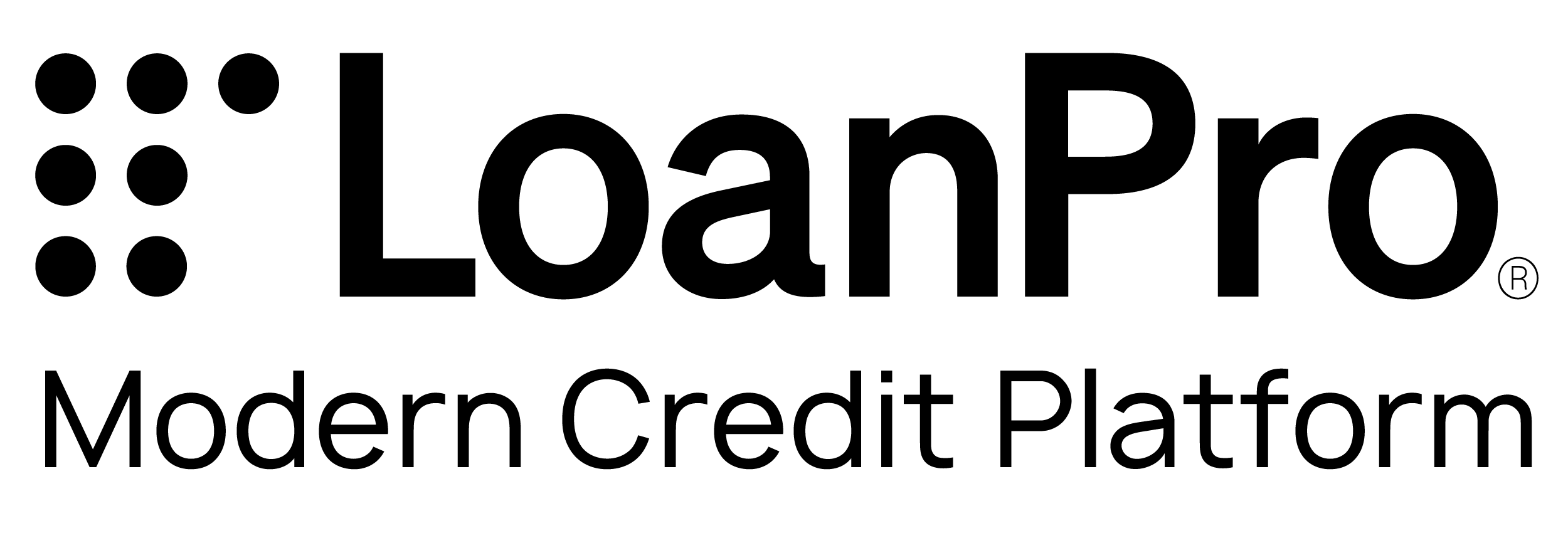Table of Contents
Introduction
Let's say you want to communicate with dozens of customers about their loans. You want to tell your delinquent borrowers that they are late and how much they owe, but it would take hours to manually look up the information and write an individualized letter for each one.
Enter Dynamic Templates, which pull customers' data, loans numbers, and other info you’ve saved in LMS to turn a boilerplate template into an individualized template with customer-specific information.
Highlights
Dynamic Templates are templates for the letters you want to send out to borrowers. These templates use variables to represent information that's specific to an individual borrower. When you generate a Dynamic Template, the system pulls real data from borrowers, loans, and other items you've saved in LMS, and merges all of that data together with your template.
The template looks a little bit like a Mad Libs page, and then the actualtemplate you mail out to borrowers looks like normal mail. Take a look at the example below:
| Template | Actual Output |
| You are [[v('status-amount-due')]] past due. On your next payment date of [[companyFormatDateTime('subsequent-due-date')]], you will owe [[v('status-full-due')]]. | You are $175.50 past due. On your next payment date of October 3, 2022, you will owe $351. |
Your Dynamic Templates, of course, can be a lot more complex. Here are two sample files showing a blank template and how it might look once the system fills it out with a customer's loan information:
Where Does Dynamic Templates Fit?
Dynamic Templates will streamline your communication with customers through email and Smart Mail House. Rather than spending hours on creating individual messages for each customer, you can create one Dynamic Template and then use it for all your accounts.
If you need to make any changes to your template after creating it, you can edit it within LoanPro using HTML or the Dynamic Templates editor tool. These tools provide more flexibility in customizing the visuals of your template.
You can also use DocuSign for electronic signatures if you're needing customers to sign something in a Dynamic Template that is emailed to them. This helps you receive signed documents quicker than if you were to have them sign it physically and send them back to you.
Dynamic Templates are vital for creating personalized, consistent communication with all of your customers. Our system variables are the building blocks in ensuring this happens since they can pull dynamic information from the LoanPro database. It's important, then, to familiarize yourself with the Context Engine Glossary so that you can decide which variables will best fit your Dynamic Templates.
This Feature is Not
- Dynamic Templates cannot be created for SMS. There are many legal hurdles when it comes to sending SMS messages as a company, so our Dynamic Templates tool can't be used for SMS. We do, however, provide a variety of SMS templates that you can choose from.
- Dynamic Templates are not email templates. They're similar, but not quite the same—they're saved in two different places in the software. You can, however, copy and paste the HTML from a Dynamic Template into an email template since they both use system variables.
What's Next?
Now that you have a foundation of knowledge with Dynamic Templates, take a look at our Creating and Sending Dynamic Templates article to learn more. There, you will learn how to create more advanced templates using variables, apply your templates to loans, and print your templates.
